
Kep: Cambodia's Coastal Gem
Discover Kep, Cambodia's tranquil coastal gem, known for its lush landscapes, delectable seafood, and historical charm. Perfect for a relaxing getaway.
Nestled along Cambodia's southern coastline, Kep is a serene seaside retreat known for its lush landscapes and tranquil beaches. Once a French colonial resort town, it offers a blend of historical charm and natural beauty. Visitors can stroll along the Kep National Park trails, where they'll be treated to stunning views of the coastline and the surrounding hills. Kep is famous for its fresh seafood, particularly the delectable blue crabs, which you can savor at the local crab market. The town's laid-back atmosphere makes it a perfect destination for those looking to unwind and escape the hustle and bustle of busier tourist spots. The nearby Rabbit Island (Koh Tonsay) is just a short boat ride away, offering pristine beaches and crystal-clear waters ideal for snorkeling and swimming. The town also boasts a number of quaint guesthouses and boutique hotels, providing comfortable accommodations amidst beautiful settings. Whether you're exploring the local markets, enjoying the coastal views, or simply relaxing by the sea, Kep promises a memorable and refreshing experience.
Local tips in Kep
- Visit the crab market early in the morning to see the freshest catches and enjoy the best selection of seafood.
- Rent a motorbike to explore Kep National Park and its scenic trails at your own pace.
- Take a day trip to Rabbit Island for a peaceful beach experience away from the crowds.
- Bring cash, as many local businesses do not accept credit cards.
- Try the local Kampot pepper, a regional specialty that pairs perfectly with Kep's seafood.
Kep: Cambodia's Coastal Gem
Nestled along Cambodia's southern coastline, Kep is a serene seaside retreat known for its lush landscapes and tranquil beaches. Once a French colonial resort town, it offers a blend of historical charm and natural beauty. Visitors can stroll along the Kep National Park trails, where they'll be treated to stunning views of the coastline and the surrounding hills. Kep is famous for its fresh seafood, particularly the delectable blue crabs, which you can savor at the local crab market. The town's laid-back atmosphere makes it a perfect destination for those looking to unwind and escape the hustle and bustle of busier tourist spots. The nearby Rabbit Island (Koh Tonsay) is just a short boat ride away, offering pristine beaches and crystal-clear waters ideal for snorkeling and swimming. The town also boasts a number of quaint guesthouses and boutique hotels, providing comfortable accommodations amidst beautiful settings. Whether you're exploring the local markets, enjoying the coastal views, or simply relaxing by the sea, Kep promises a memorable and refreshing experience.
When is the best time to go to Kep?
Iconic landmarks you can’t miss
Kep Crab Market
Discover the vibrant flavors of Kep Crab Market, where fresh seafood meets local culture in a picturesque coastal setting.
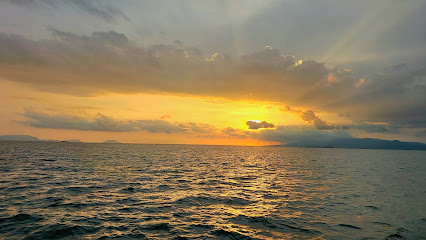
Bokor Hill Station
Discover the enchanting Bokor Hill Station, a historical gem nestled in Cambodia's mountains offering breathtaking views and rich colonial history.
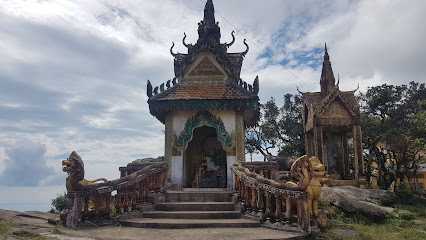
Preah Monivong Bokor National Park
Explore Preah Monivong Bokor National Park, a captivating blend of natural beauty and historical intrigue in Cambodia's lush landscapes.
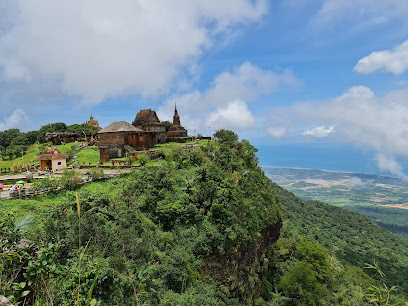
La Plantation
Experience the beauty of organic farming, delicious Asian cuisine, and Cambodian hospitality at La Plantation in Krong Kampot.
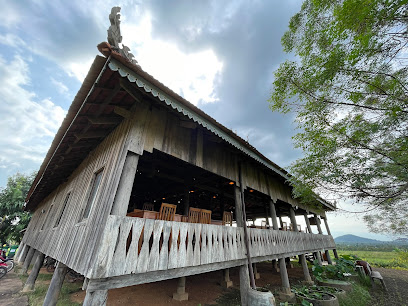
Veranda Natural Resort
Discover tranquility at Veranda Natural Resort, where luxury meets nature in beautiful Kep, Cambodia. Experience relaxation and local culture in perfect harmony.
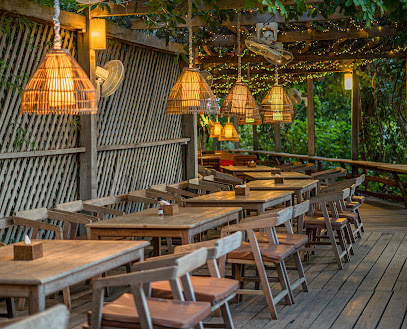
Kep Beach
Discover the tranquil beauty of Kep Beach, where golden sands meet vibrant seafood and stunning sunsets await every visitor.
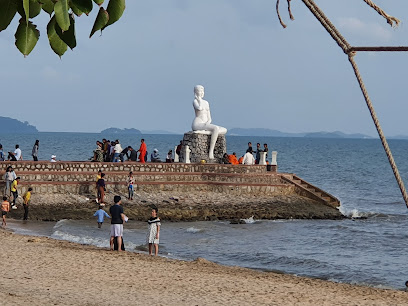
Sothy's Pepper Farm
Experience the rich heritage of Kampot's organic farming at Sothy's Pepper Farm, where exquisite pepper and authentic Cambodian cuisine come together.
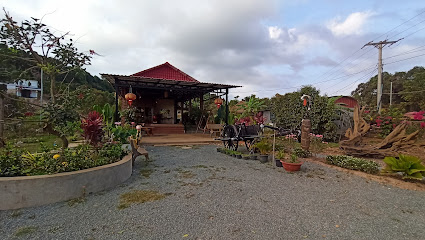
The Sailing Club Restaurant in Kep
Experience exquisite dining at The Sailing Club Restaurant in Kep, where local flavors meet stunning sea views for an unforgettable culinary journey.
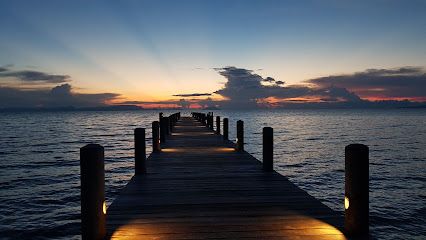
Sabay Beach
Experience the tranquility of Sabay Beach in Kampot, Cambodia, where serene riverside views and unique cocktails await your visit.
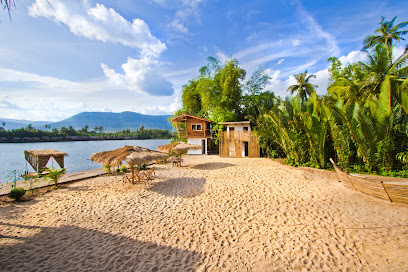
Holy Crab
Experience the best of Cambodian seafood at Holy Crab in Krong Kaeb, where fresh flavors and a vibrant atmosphere await.
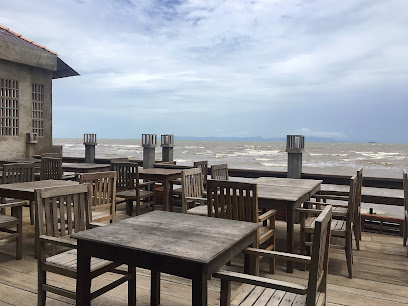
Phnom Chhngok Cave
Explore the enchanting Phnom Chhngok Cave, an archaeological site in Cambodia where history and nature intertwine for an unforgettable experience.

Kep National Park
Discover the beauty of Kep National Park, a stunning national park in Cambodia, perfect for nature lovers and adventure seekers alike.
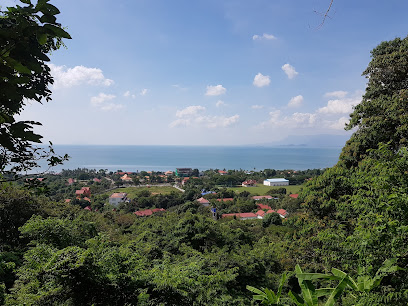
Knai Bang Chatt Resort in Kep
Experience the epitome of luxury and tranquility at Knai Bang Chatt Resort in Kep, Cambodia, where stunning landscapes meet exceptional service.

Bokor Catholic Church
Explore the serene beauty and historical significance of Bokor Catholic Church, a captivating landmark nestled in the heart of Cambodia's lush mountains.
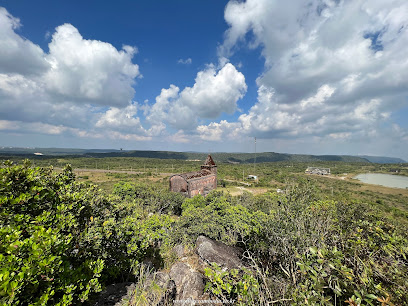
Kampong Trach Water Cave
Discover Kampong Trach Water Cave, a breathtaking natural wonder in Cambodia, perfect for adventure seekers and nature lovers alike.
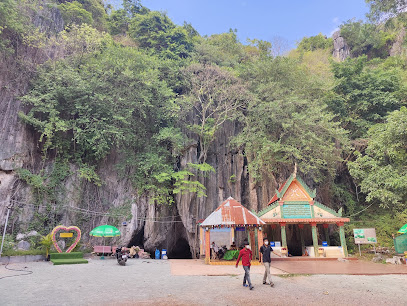
Unmissable attractions to see
Phú Quốc
Discover the enchanting beaches, vibrant culture, and stunning landscapes of Phú Quốc, Vietnam's tropical paradise.
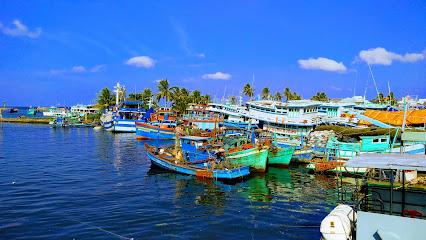
Kep Crab Market
Discover the vibrant Kep Crab Market in Krong Kaeb, where fresh seafood meets local culinary traditions in a stunning coastal setting.
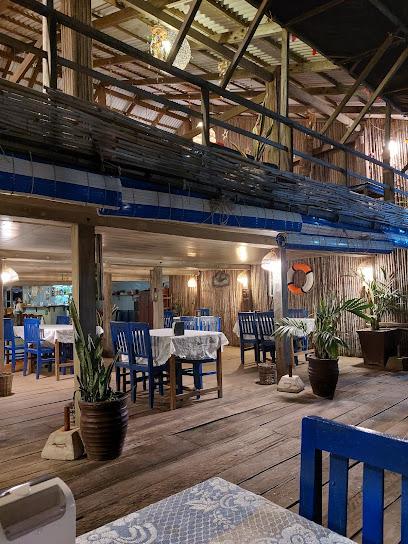
Starfish Beach
Experience the pristine beauty and tranquil vibes of Starfish Beach in Phu Quoc, the perfect getaway for sun lovers and adventure seekers.
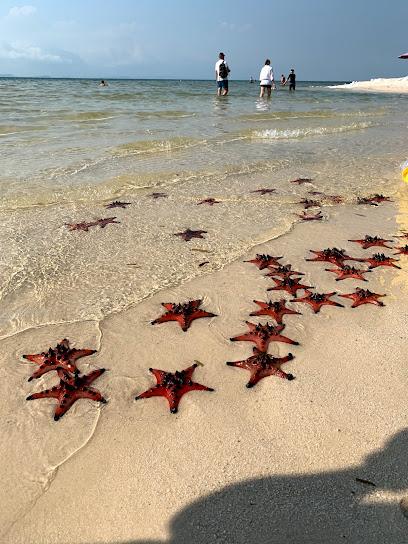
Bokor Hill Station
Experience the enchanting beauty and rich history of Bokor Hill Station, a hidden gem in Cambodia's Cardamom Mountains, perfect for adventure and relaxation.
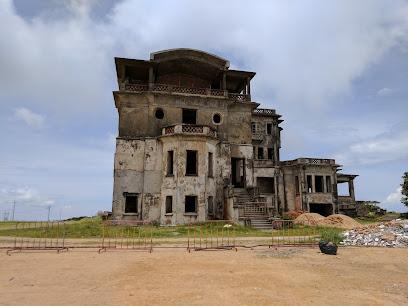
Preah Monivong Bokor National Park
Explore the breathtaking landscapes and rich biodiversity of Preah Monivong Bokor National Park, a must-visit destination in Cambodia's Cardamom Mountains.
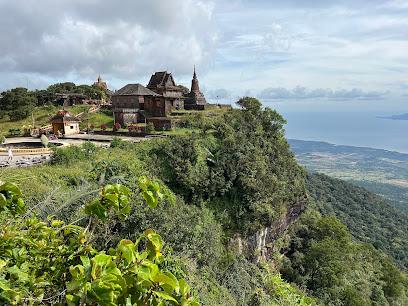
Phu Quoc National Park
Explore the breathtaking landscapes and diverse wildlife of Phu Quoc National Park, a must-visit destination for nature lovers in Vietnam.

Popokvil Waterfall
Experience the breathtaking beauty of Popokvil Waterfall, a must-visit scenic spot in Phumi Pôpôk Vil, Cambodia.
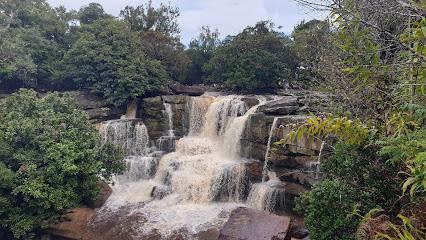
Lok Yeay Mao Monument
Explore the Lok Yeay Mao Monument, a cultural gem in Krong Kampot, where history and scenic beauty intersect for a memorable visit.
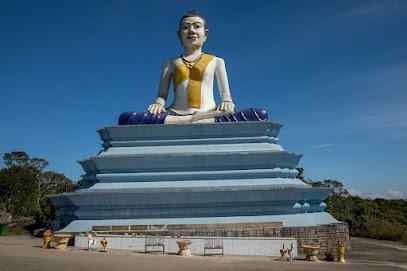
Ham Ninh fishing town
Explore the scenic beauty and rich culture of Ham Ninh Fishing Town, a hidden gem on Phu Quoc Island, Vietnam, where fresh seafood and local charm await.
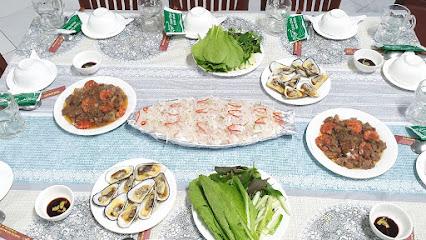
Kep Beach
Discover the tranquil allure of Kep Beach, where pristine sands meet vibrant local culture and delectable seafood in a stunning coastal paradise.
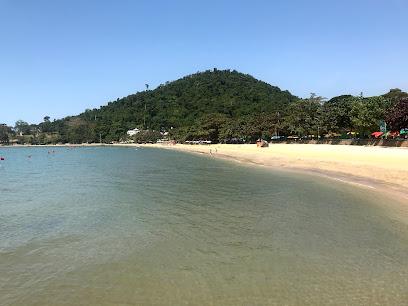
Wat Sampov Pram
Experience the tranquility and rich cultural heritage of Wat Sampov Pram, a stunning Buddhist temple in Cambodia, surrounded by natural beauty.
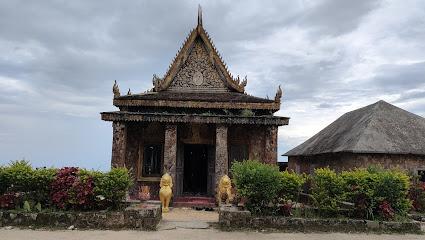
Sothy's Pepper Farm
Explore Sothy's Pepper Farm: A unique blend of organic farming, Cambodian cuisine, and exquisite spices in the heart of Cambodia.
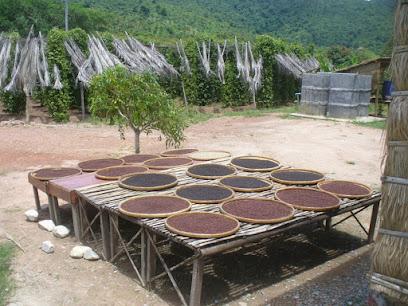
Phu Quoc Countryside - Pepper Farm
Discover the lush beauty and culinary delights of Phu Quoc Countryside - Pepper Farm, where nature meets authentic Vietnamese flavors.
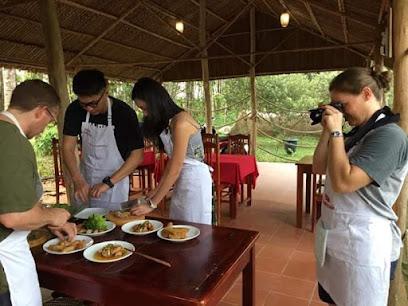
Kep National Park
Explore the scenic beauty and vibrant biodiversity of Kep National Park in Krong Kaeb, a must-visit destination for nature enthusiasts and adventure lovers.
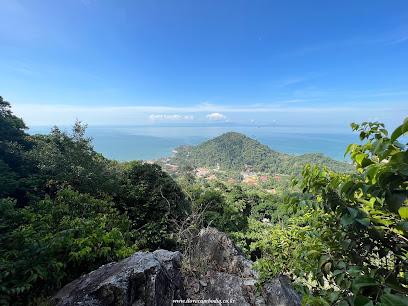
Kampong Trach Water Cave
Explore the enchanting Kampong Trach Water Cave in Cambodia, a hidden gem with stunning rock formations and serene waters perfect for adventurers.
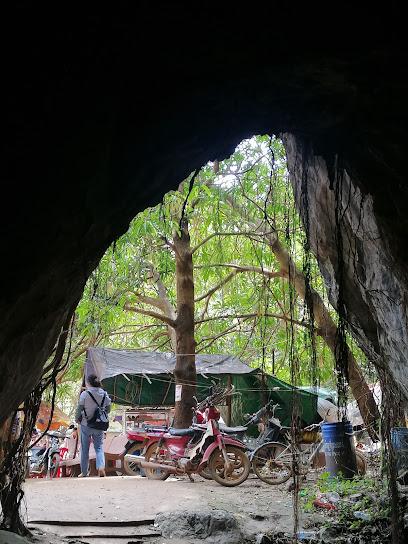
Essential places to dine
Kimly Seafood Restaurant
Discover authentic Cambodian seafood at Kimly Seafood Restaurant in Krong Kaeb - where freshness meets flavor.
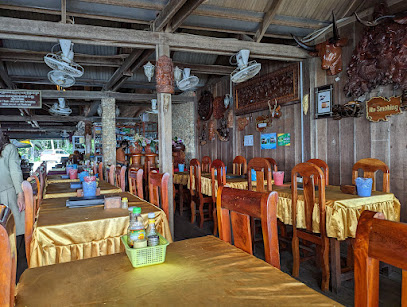
The Sailing Club Restaurant in Kep
Experience exquisite dining at The Sailing Club Restaurant in Kep - where fresh seafood meets stunning ocean views.

Holy Crab
Experience the exquisite flavors of fresh crab at Holy Crab in Krong Kaeb – a seafood lover's paradise awaits!

Saravoan Kep Hotel . Restaurant . Bar . Coffee
Experience unparalleled comfort and exquisite dining at Saravoan Kep Hotel - your gateway to coastal Cambodia.
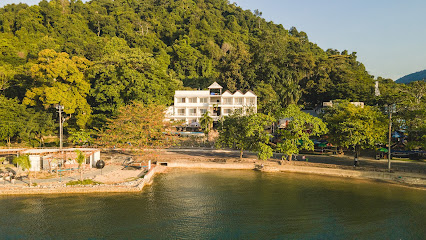
Italian Corner
Experience authentic Italian cuisine at Italian Corner in Krong Kaeb – where every meal feels like a taste of Italy.
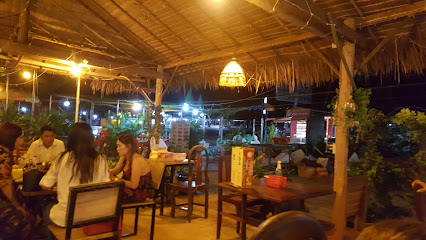
Kep Sur Mer Restaurant
Experience exquisite dining at Kep Sur Mer Restaurant in Krong Kaeb—where fresh seafood meets stunning coastal views.
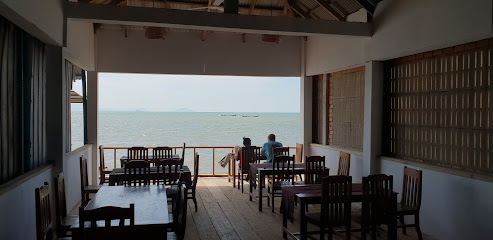
Captain Chims Restaurant
Experience authentic Cambodian flavors at Captain Chims Restaurant in Krong Kaeb—where every dish tells a story.
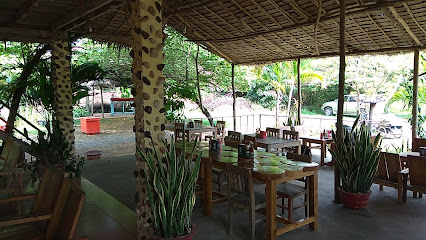
Arts Cafe
Discover the vibrant blend of art and cuisine at Arts Cafe in Crab Market - where every meal is a masterpiece.
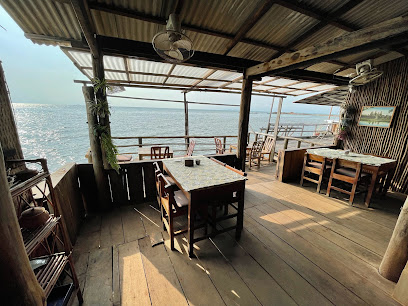
Deli's Kep
Experience culinary bliss at Deli's Kep in Krong Kaeb—where delicious meals meet stunning views of the Gulf of Thailand.
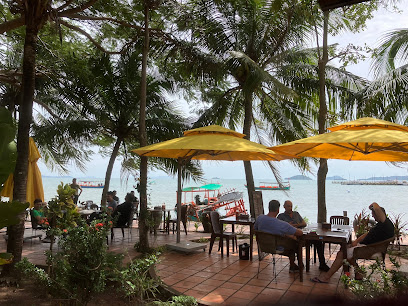
The Wave - Kep West Restaurant in Kep
Discover exquisite flavors at The Wave - Kep West Restaurant while enjoying stunning ocean views in beautiful Kep, Cambodia.
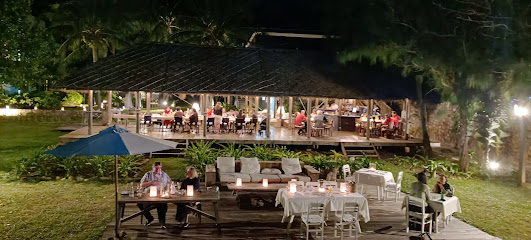
Martini bar restaurant
Experience authentic Italian cuisine at Martini Bar Restaurant in Krong Kep—where every meal is crafted with love and tradition.
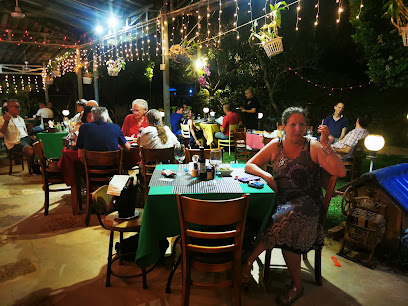
Le bouchon de Kep
Discover exquisite flavors and stunning coastal views at Le Bouchon de Kep - your ultimate dining destination in Krong Kaeb.
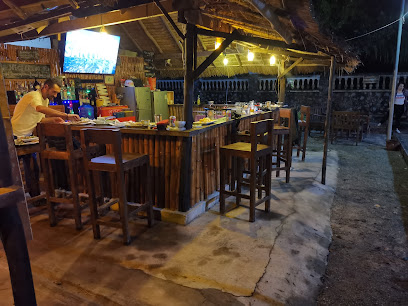
Kep natural restaurant
Discover delicious Cambodian cuisine at Kep Natural Restaurant, where fresh seafood meets vibrant live music in beautiful Krong Kaeb.
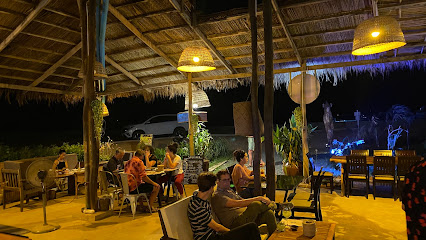
Magic Crab
Experience fresh seafood delights at Magic Crab in Krong Kaeb - where every bite tells a story of flavor and tradition.
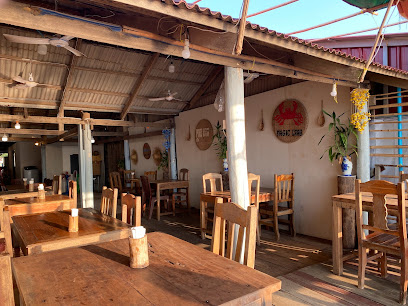
Bella's Pizza
Discover Bella's Pizza in Krong Kaeb – where authentic flavors meet stunning coastal views for an unforgettable dining experience.
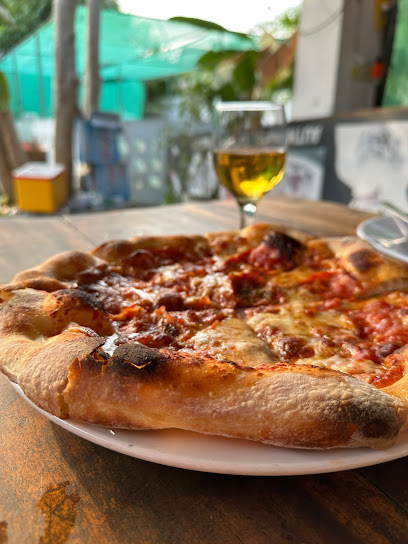
Markets, malls and hidden boutiques
Kep Crab Market
Explore the flavors of Kep Crab Market, where fresh seafood meets Cambodian coastal culture in a vibrant and lively atmosphere.
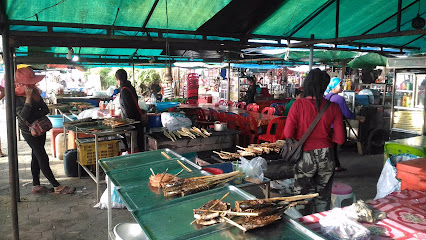
Veranda Natural Resort
Experience unparalleled luxury and serene landscapes at Veranda Natural Resort in Kep, Cambodia, your perfect retreat for relaxation and adventure.

Sothy's Pepper Farm
Sothy's Pepper Farm: Explore Kampot's organic farming, savor authentic Cambodian cuisine, and immerse yourself in the local culture.
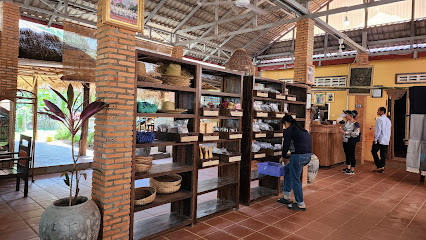
BoTree Farm
Discover the flavors and beauty of Cambodia at BoTree Farm, where farm-fresh dining meets breathtaking vineyard views.
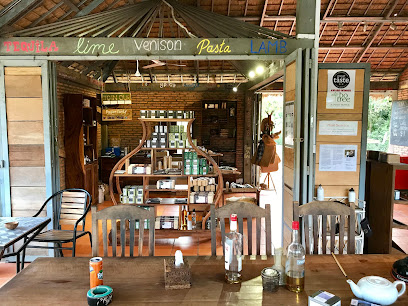
Kep Market
Explore the vibrant Kep Market in Krong Kaeb, where local culture, fresh seafood, and artisan crafts come together for an unforgettable experience.
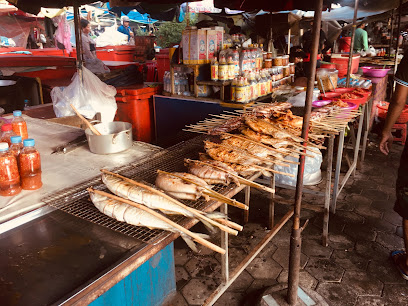
Arts Cafe
Discover a fusion of art and flavor at Arts Cafe, where every meal is a creative experience in the heart of Crab Market.
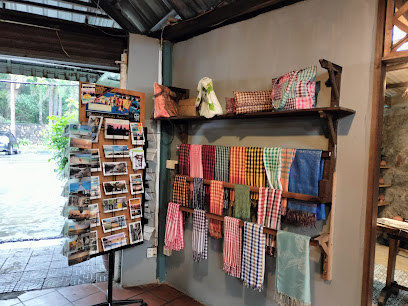
Deli's Kep
Discover the flavorful blend of local cuisine and exquisite pastries at Deli's Kep in Krong Kaeb, Cambodia.
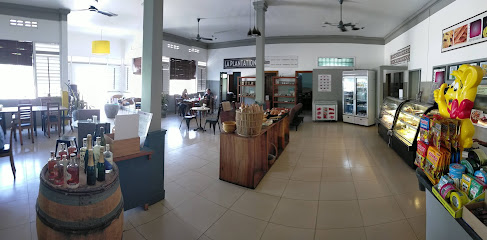
Damnak Chang Eur Market
Experience the vibrant local culture, tantalizing street food, and unique handicrafts at Damnak Chang Eur Market in Krong Kaeb, Cambodia.
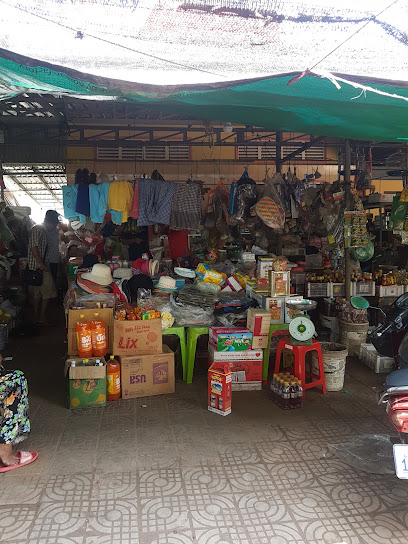
Tiny Kampot Pillows
Explore Tiny Kampot Pillows for unique Cambodian crafts and souvenirs in the charming town of Krong Kampot.
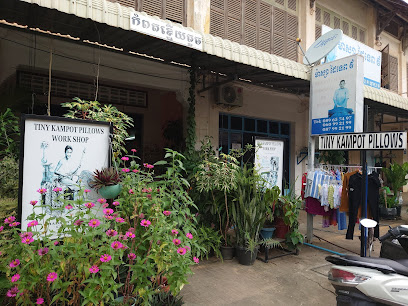
The Kampot Pepper Shop
Discover the authentic flavors of Kampot at The Kampot Pepper Shop, where quality meets heritage in every spice and souvenir.
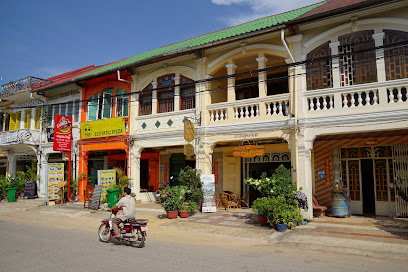
Casa Kep Garden Cafe & Eco BnB
Experience the perfect blend of relaxation and culinary delight at Casa Kep Garden Cafe & Eco BnB in Krong Kaeb, Cambodia.
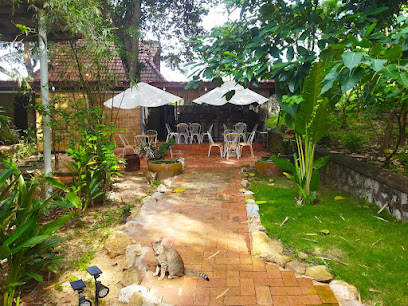
Sunset Cafe
Discover tranquility at Sunset Cafe in Krong Kaeb, where delicious coffee meets breathtaking views, creating the perfect getaway for travelers.
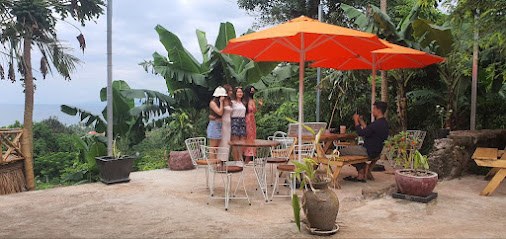
Mak Pisey Shop
Discover authentic Cambodian craftsmanship and local flavors at Mak Pisey Shop in beautiful Krong Kaeb.
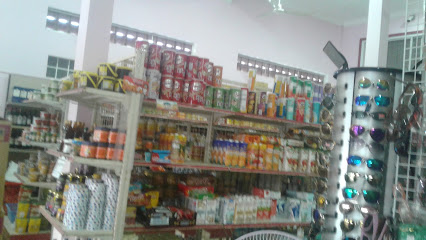
ក្លើកាហ្វេ Klaeur Cafe&Eatery
Discover Klaeur Cafe & Eatery in Krong Kaeb, where aromatic coffee meets delightful cuisine in a cozy atmosphere, perfect for every traveler.
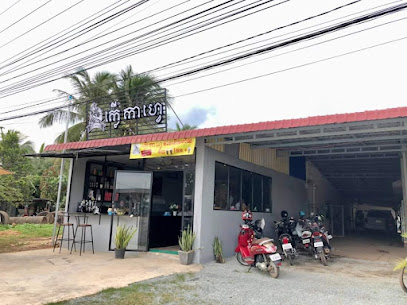
Panha Mini Mart
Explore Krong Kaeb with ease by visiting Panha Mini Mart, your go-to supermarket for snacks and essentials in this beautiful coastal region.
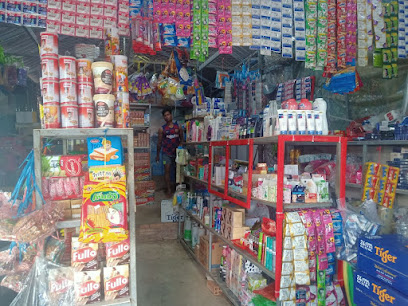
Essential bars & hidden hideouts
The Sailing Club Restaurant in Kep
Experience the best of Kep's culinary scene at The Sailing Club Restaurant, where delicious food meets breathtaking ocean views.
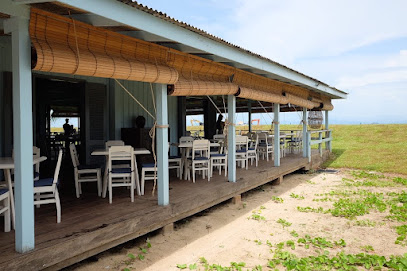
Saravoan Kep Hotel . Restaurant . Bar . Coffee
Discover Saravoan Kep, where the beauty of the coast meets exceptional dining and hospitality in Krong Kaeb.
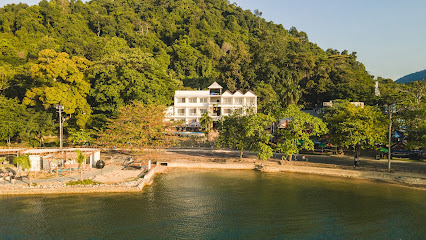
Kep Sur Mer Restaurant
Discover the flavors of Cambodia at Kep Sur Mer Restaurant, where fresh seafood meets breathtaking coastal views in a delightful dining experience.
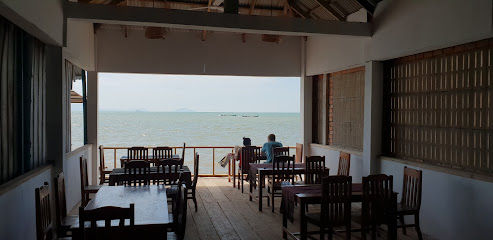
The Wave - Kep West Restaurant in Kep
Experience the culinary delights of The Wave - Kep West Restaurant, where fresh seafood meets breathtaking views in the heart of Kep.
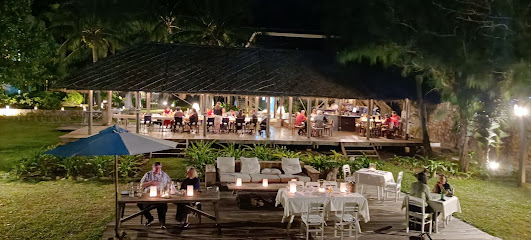
Kep Lodge
Discover the charm of Kep Lodge, where Cambodian hospitality meets stunning nature and delicious cuisine in a tranquil seaside retreat.

Martini bar restaurant
Experience culinary sophistication at Martini Bar Restaurant in Phumĭ Chrâk Pôpél, where local flavors meet international cuisine in a vibrant atmosphere.
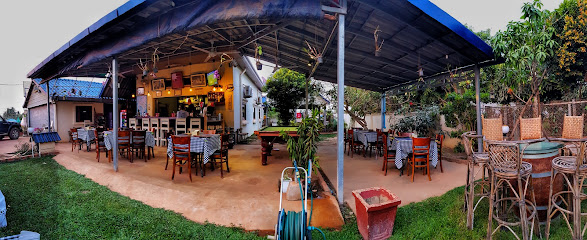
Le bouchon de Kep
Experience the perfect blend of culinary delight and coastal charm at Le Bouchon de Kep, where every meal is a celebration of local flavors.
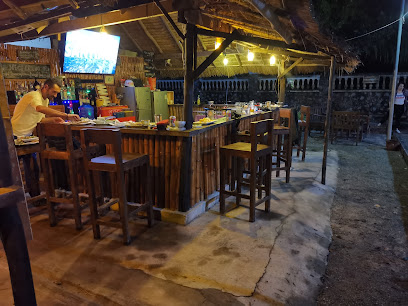
Kep natural restaurant
Discover the vibrant flavors of Cambodian cuisine at Kep Natural Restaurant, a lively bar and live music venue in Krong Kaeb.

Chankiri Restaurant
Experience the authentic flavors of Cambodia at Chankiri Restaurant, a culinary jewel in Krong Kaeb where tradition meets taste.

Kep Mountain Lodge
Experience the serene beauty of nature at Kep Mountain Lodge, a perfect getaway for relaxation and adventure in Cambodia's lush landscapes.

Cuisine at Coffee & Cocktails (Kep)
Discover the culinary delights of Cambodia at Cuisine at Coffee & Cocktails, where local flavors meet a vibrant atmosphere in Krong Kaeb.
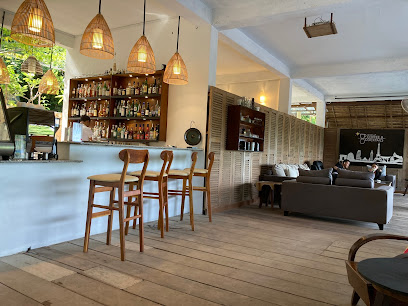
CoolGirl Bar
Experience the vibrant nightlife of Krong Kampot at CoolGirl Bar, a trendy spot for cocktails, music, and unforgettable moments.
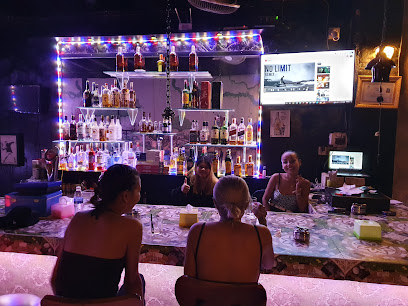
Restaurant Bar de la plage Kep
Experience the best of Cambodian cuisine with a stunning beachfront view at Restaurant Bar de la Plage Kep.
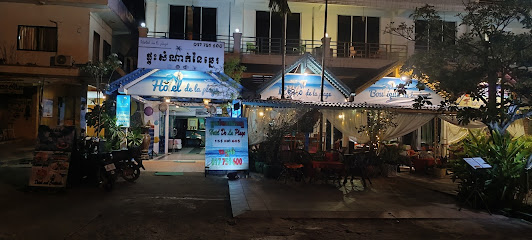
Dara
Experience the vibrant nightlife at Dara in Krong Kaeb – the perfect bar for sunset views and refreshing drinks.
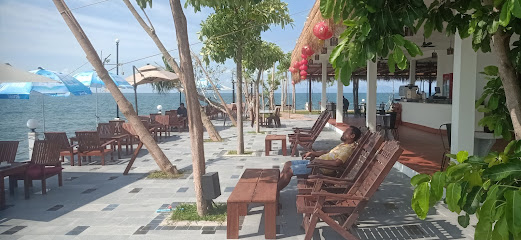
Sea view bar
Experience breathtaking sunsets and refreshing drinks at the charming Sea View Bar in Kampot's scenic Chhak Kep Bay.
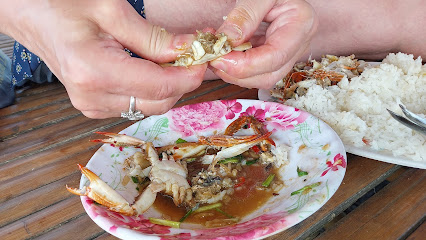
Travel experiences inspired by this city
Explore more travel diariesLocal Phrases
-
- Helloសួស្តី
[suo-sdai] - Goodbyeលាស់អរិយា
[leah-ak-ie] - Yesបាទ/យល់
[baat/yal] - Noទេ
[te] - Please/You're welcomeសូម
[soum] - Thank youអរិយយ៉ាង
[ak-ie-aang] - Excuse me/Sorryសូមអត់
[soum-at] - How are you?អ្នកបានប៉ុន្មាន?
[nak-ban-bon-man?] - Fine. And you?ល្អរួមៗ អ្នកប៉ុន្មាន?
[la-oum-oum nak-bon-man?] - Do you speak English?អ្នកនៅមានភាសាអង់គ្លេសទេ?
[nak-naw-man-pha-sa-ang-kei-te?] - I don't understandខ្ញុំមិនយល់
[knhom-min-yal]
- Helloសួស្តី
-
- I'd like to see the menu, pleaseខ្ញុំចង់មើលម៉ៅសម្រាប់អត់
[knhom-chong-meu-meu-sam-rop-at] - I don't eat meatខ្ញុំមិននៅបាញ
[knhom-min-naw-ban] - Cheers!ជរើស!
[chou-ey] - I would like to pay, pleaseខ្ញុំចង់បង់ប្រាក់មួយសម្រាប់អត់
[knhom-chong-bon-bra-kay-mouy-sam-rop-at]
- I'd like to see the menu, pleaseខ្ញុំចង់មើលម៉ៅសម្រាប់អត់
-
- Help!ជួយ!
[chouy] - Go away!ចាប់បាត់!
[chap-bat] - Call the Police!ហាត់សមាគម!
[hat-somakom] - Call a doctor!ហាត់វេជ្ជបណ្ឌ!
[hat-vechak-pandok] - I'm lostខ្ញុំខិតថាម
[knhom-kte-ma] - I'm illខ្ញុំជាក់សំណើស
[knhom-chak-som-nom]
- Help!ជួយ!
-
- I'd like to buy...ខ្ញុំចង់ទិញ...
[knhom-chong-tin] - I'm just lookingខ្ញុំតែមើលប៉ុន្មាន
[knhom-te-meul-bon-man] - How much is it?តើឱ្យតើចំនួនប៉ុន្មាន?
[tei-yey-ta-mun-bon-man?] - That's too expensiveនេះគ្មានតិច
[neh-kme-n-teuk] - Can you lower the price?ឈារបង់តិចខ្ញុំបានទេ?
[cha-bon-teuk-knhom-ban-te?]
- I'd like to buy...ខ្ញុំចង់ទិញ...
-
- What time is it?ម៉ោងខ្វះ?
[meoung-kveah] - It's one o'clockវ៉ារបុញ្ញរមួយ
[voa-bon-nor-mouy] - Half past (10)មួយទិត្តន្ទទីបួន
[mouy-teat-nort-teuk-bun] - Morningព្រឹក
[preuk] - Afternoonល្ងាច
[lngeach] - Eveningយប់រឹត
[yab-reut] - Yesterdayម្សិលសិប
[msul-sop] - Todayថ្ងៃនេះ
[tngay-neh] - Tomorrowថ្ងៃស្អែ
[tngay-sae] - 1មួយ
[mouy] - 2ពីរ
[pii] - 3បី
[bei] - 4បួន
[bun] - 5ប្រាំ
[braam] - 6ប្រាំង
[braam-prong] - 7បាញ
[banh] - 8បីបួន
[bei-bun] - 9កៅ
[kaw] - 10ដប់
[dop]
- What time is it?ម៉ោងខ្វះ?
-
- Where's a/the...?ទទួលយ៉ាង...
[toul-yang] - What's the address?អាសយដ្ឋានអត់?
[as-yat-tean-at] - Can you show me (on the map)?តើអ្នកអាចបង់បង់ខ្ញុំបានទេ?
[tei-nak-ach-bon-bon-knhom-ban-te?] - When's the next (bus)?នៅនឹងរយរយថ្ងៃទៅ?
[naw-nung-ro-rey-tngay-tei] - A ticket (to ....)សំបករ...
[sombak-ah]
- Where's a/the...?ទទួលយ៉ាង...
History of Kep
-
Kep's history dates back to the early 1900s during the French colonial period. Originally known as Kep-sur-Mer, it was established as a seaside resort town for the French elite. The influence of French architecture is still evident in some of the decaying villas scattered throughout the town. This era marked the beginning of Kep's development as a notable destination for leisure and relaxation.
-
The 1960s were considered the golden age for Kep. Under the rule of King Norodom Sihanouk, the town flourished as a premiere holiday destination for the Cambodian elite. Luxury villas and modernist architecture were constructed, blending seamlessly with the natural beauty of the coastline. Kep's reputation as a glamorous getaway reached its peak during this period.
-
Kep's fortunes changed dramatically with the rise of the Khmer Rouge in the 1970s. The town suffered greatly during this period, as many of its inhabitants were forced to flee, and its infrastructure was left to decay. The once-thriving resort town became a ghost town, with many of its buildings falling into ruin. This dark chapter in Kep's history is still visible today in the remnants of abandoned structures.
-
Following the end of the Khmer Rouge regime, Kep began to slowly rebuild. Efforts to restore the town's former glory have been ongoing since the 1990s. The Cambodian government and private investors have focused on developing tourism infrastructure, including hotels, restaurants, and other amenities, to attract both domestic and international visitors. Today, Kep is known for its serene beaches, fresh seafood, and tranquil atmosphere.
-
Kep is a melting pot of various cultural influences, including Khmer, French, and Vietnamese. The town is renowned for its seafood, particularly the famous Kep crab, often prepared with locally grown Kampot pepper. Traditional Khmer festivals and rituals are also an integral part of life in Kep, providing visitors with a glimpse into the rich cultural tapestry of the region. The local markets and temples offer an authentic experience of Cambodian culture and heritage.
-
Kep is not only known for its historical and cultural significance but also for its natural beauty. The Kep National Park, with its lush forests and diverse wildlife, is a popular destination for hiking and nature walks. Conservation efforts have been implemented to protect the park's ecosystem and promote sustainable tourism. Additionally, the nearby Rabbit Island (Koh Tonsay) offers pristine beaches and a glimpse into traditional island life, making it a favorite spot for day trips.
Kep Essentials
-
Kep is located on the southern coast of Cambodia, about 160 kilometers from the capital city, Phnom Penh. The most common way to reach Kep is by road. You can take a bus, minivan, or taxi from Phnom Penh, with the journey typically taking around 3 to 4 hours. There are also direct buses from other cities such as Sihanoukville and Kampot. If you prefer a more scenic route, renting a car or motorbike can offer additional flexibility.
-
Kep is a small town, and many attractions are within walking distance. For longer trips, you can hire tuk-tuks or motorbike taxis, which are readily available and relatively inexpensive. Renting a bicycle or motorbike is also a popular option for exploring Kep and the surrounding areas at your own pace. Public buses are not common within Kep, so private transport options are generally more reliable.
-
The official currency in Cambodia is the Cambodian Riel (KHR), but the US Dollar (USD) is widely accepted. Credit cards are accepted in some hotels, restaurants, and shops, but it is advisable to carry cash, especially in smaller establishments. ATMs are available in Kep, but it is a good idea to withdraw enough cash before arriving to ensure you have sufficient funds for your stay.
-
Kep is generally a safe destination for tourists, but it is always advisable to take standard precautions. Avoid walking alone at night in unfamiliar areas and keep an eye on your belongings in crowded places. While Kep has a low crime rate, it is best to stay vigilant. Be cautious of beach areas at night and avoid leaving valuables unattended.
-
In case of emergency, dial 117 for police assistance and 119 for medical emergencies. Kep has a local police station and a small clinic for basic medical needs. For more serious medical issues, you may need to travel to Phnom Penh or Kampot. It is recommended to have travel insurance that covers medical emergencies. Pharmacies in Kep can provide over-the-counter medications for minor health issues.
-
Fashion: Do dress modestly, especially when visiting religious sites. Avoid wearing revealing clothing. Religion: Do respect local customs and traditions. Always remove your shoes and cover your shoulders when entering temples. Public Transport: Do be respectful and give up your seat to elderly passengers if using shared transport. Don't eat or drink on public transport. Greetings: Do greet people with a slight bow or a traditional Cambodian greeting (Sampeah) with palms together. Eating & Drinking: Do try local seafood delicacies and accept food offerings graciously. Don’t refuse hospitality, as it is considered impolite.
-
To experience Kep like a local, visit the crab market where you can buy fresh seafood and have it cooked on the spot. Engage with locals, as they are often friendly and willing to share stories about Kep’s history and culture. Don’t miss a visit to Kep National Park for hiking and stunning views of the coastline. For a unique experience, take a boat trip to Rabbit Island (Koh Tonsay) for a day of relaxation and snorkeling.
Trending Landmark in Kep
-
Kep Crab Market
-
Bokor Hill Station
-
Preah Monivong Bokor National Park
-
La Plantation
-
Veranda Natural Resort
-
Kep Beach
-
Sothy's Pepper Farm
-
The Sailing Club Restaurant in Kep
-
Sabay Beach
-
Holy Crab
-
Phnom Chhngok Cave
-
Kep National Park
-
Knai Bang Chatt Resort in Kep
-
Bokor Catholic Church
-
Kampong Trach Water Cave
Nearby Cities to Kep
-
Things To Do in Kampot
-
Things To Do in Phu Quoc
-
Things To Do in Sihanoukville
-
Things To Do in Koh Rong
-
Things To Do in Phnom Penh
-
Things To Do in Can Tho
-
Things To Do in Koh Kong
-
Things To Do in Ho Chi Minh City
-
Things To Do in Kratie
-
Things To Do in Trat
-
Things To Do in Vung Tau
-
Things To Do in Battambang
-
Things To Do in Siem Reap
-
Things To Do in Rayong
-
Things To Do in Phan Thiet











